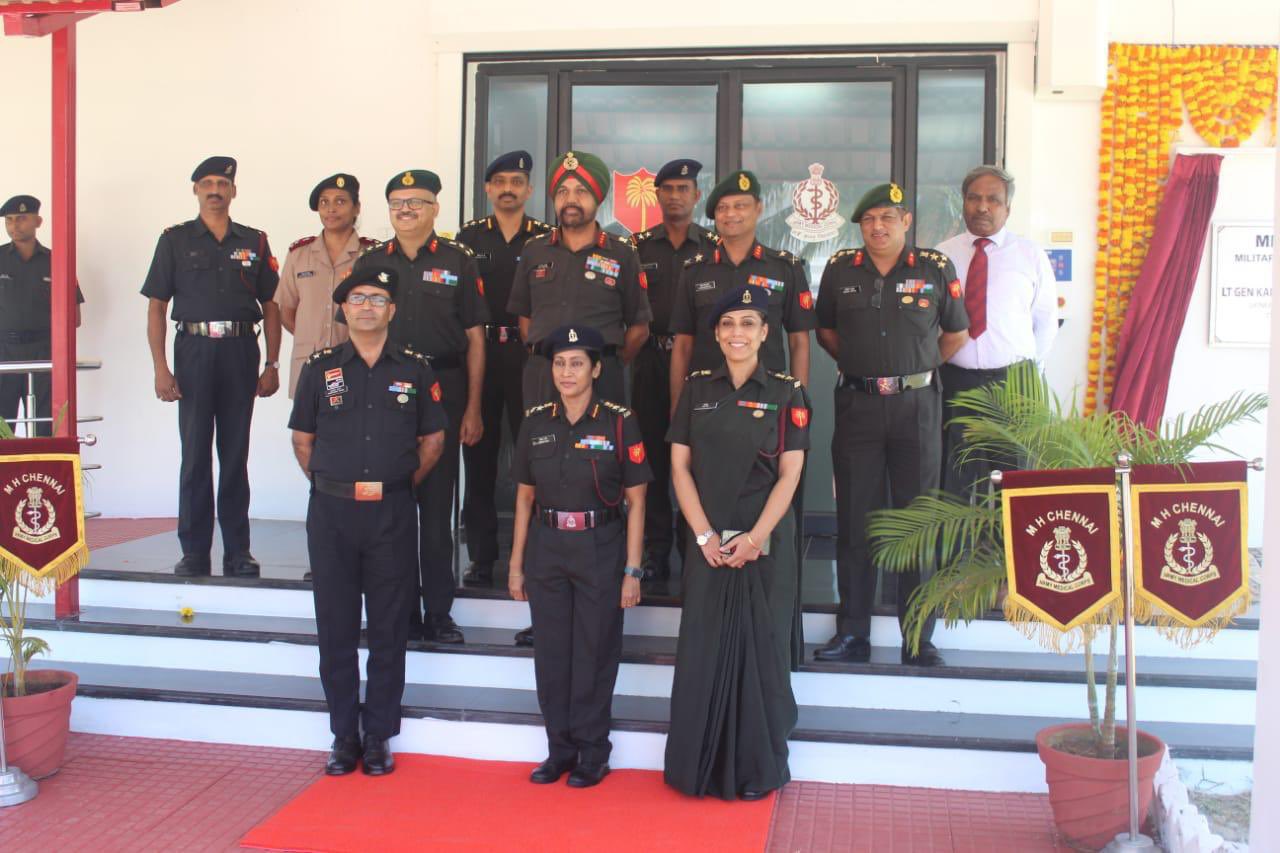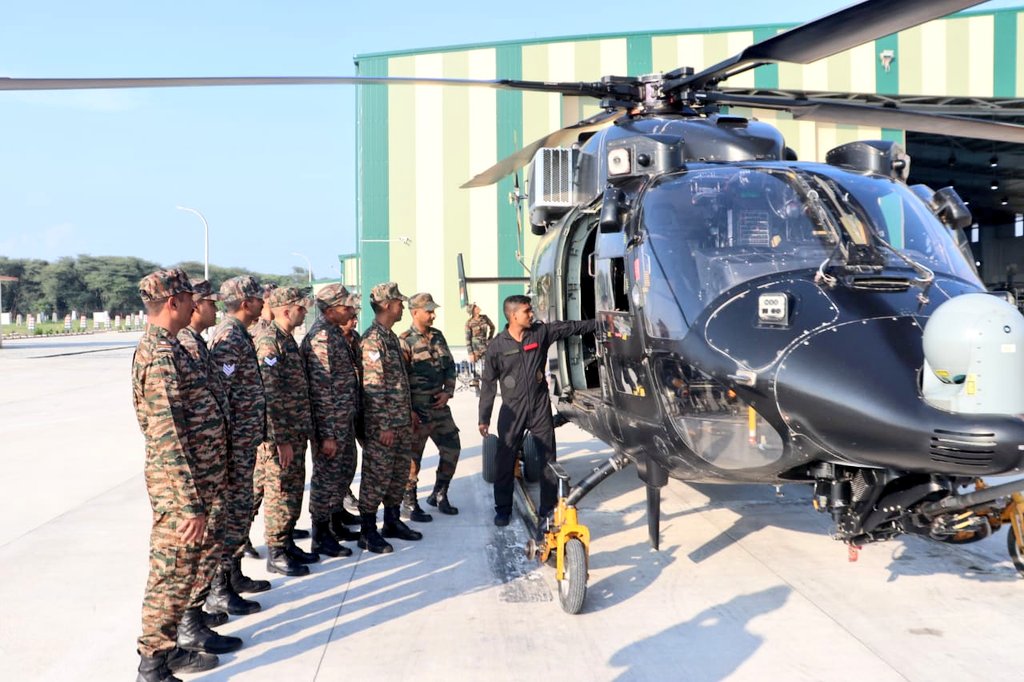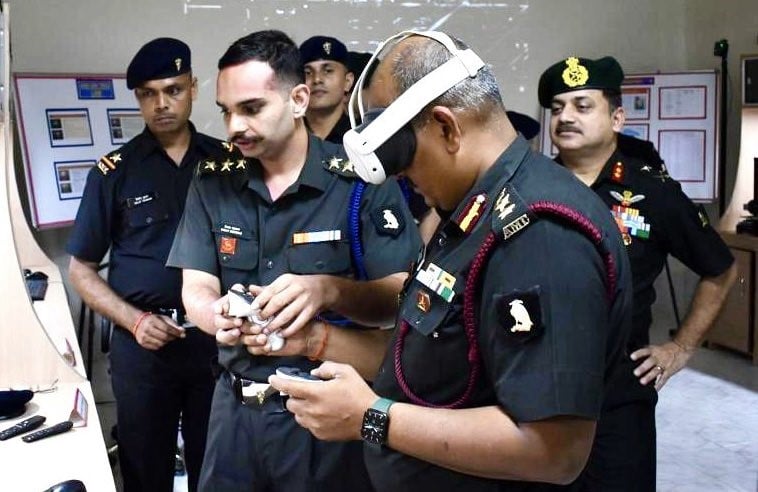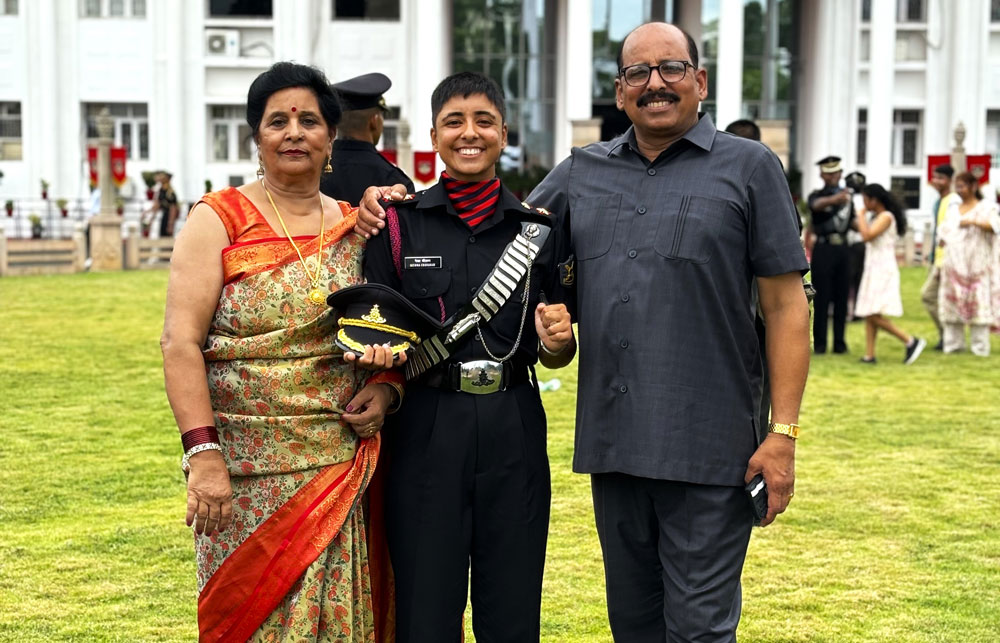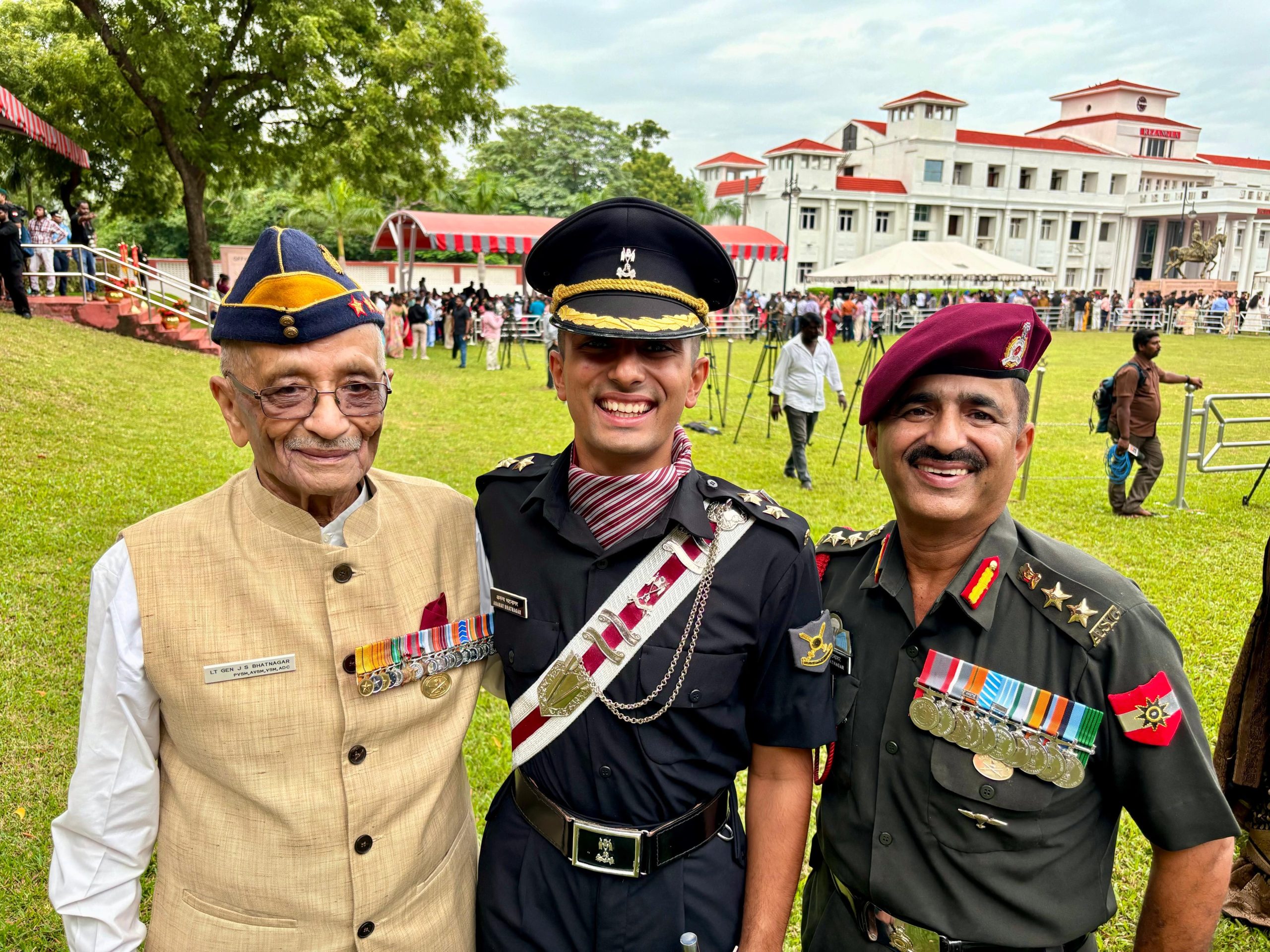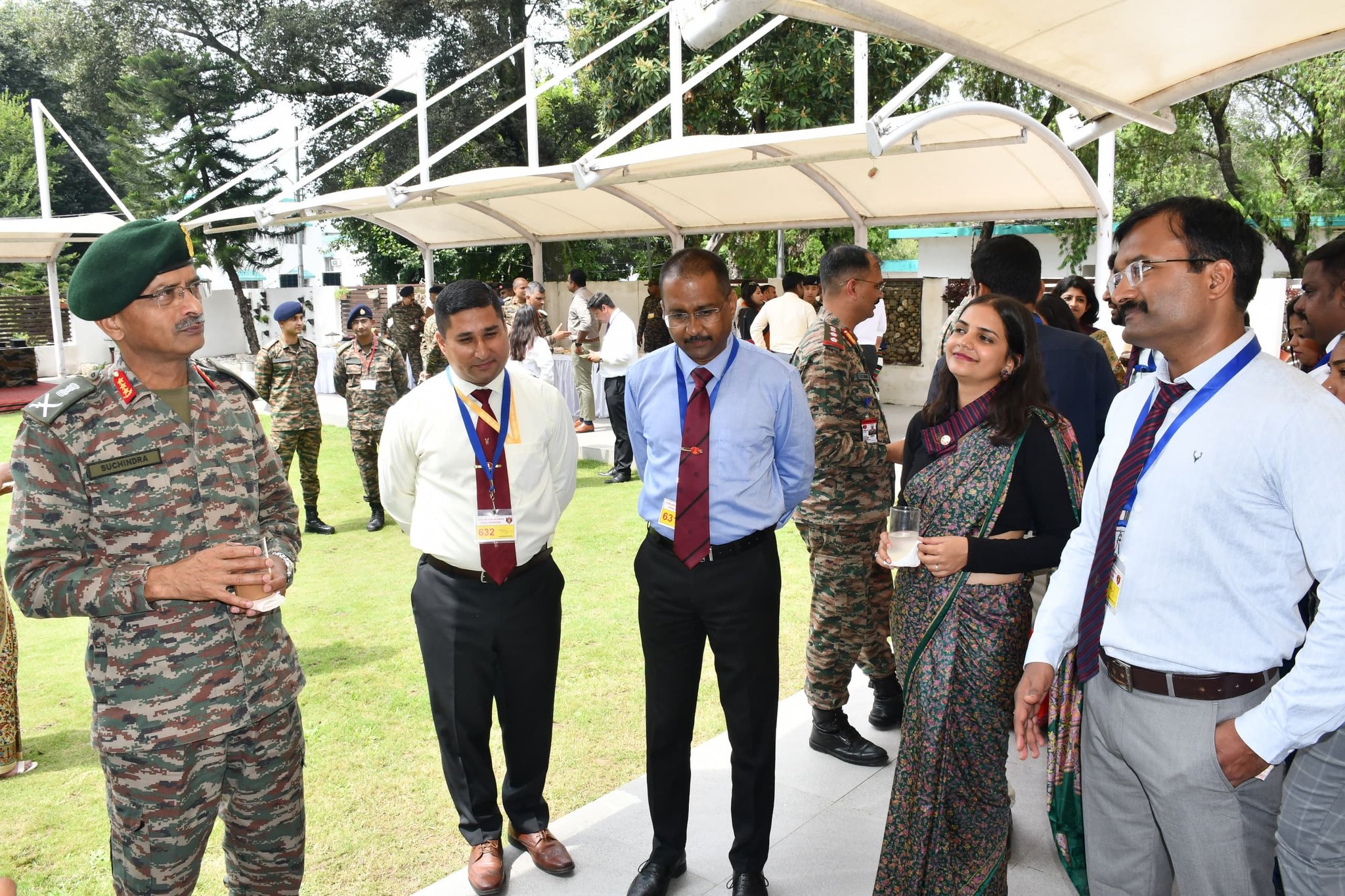Lt Gen Karanbir Singh Brar Inaugurated New MRI Centre at Military Hospital Chennai
In a significant enhancement to healthcare facilities for Armed Forces personnel and their families, Lieutenant General Karanbir Singh Brar, General…
Chetak Gunners and Army Aviation Conduct Joint Training to Boost Land-Air Operations
In a significant move to enhance military interoperability, the Chetak Gunners conducted a joint training exercise with the Army Aviation…
Indian Army Launches High-Tech Centre of Excellence, VAULT 36.0, in Sagar
Marking a significant stride towards technological advancement in warfare, the General Officer Commanding of the Shahbaaz Division inaugurated the Centre…
Meet Lieutenant Megha Chouhan, 1st Generation Army Officer from a Police Family
On the 7th of September, 2024, Lieutenant Megha Chouhan, a trailblazer in her own right, walked with pride as she…
Meet Lt. Ananay Bhatnagar, A 3rd Generation Army Officer Upholding a Legacy
Lt. Ananay Bhatnagar marked a proud milestone as he was commissioned into the prestigious 19 Armoured Regiment, following his successful…
Lt Gen MV Suchindra Kumar Highlights Role of Defence Correspondents in Nation-Building at Udhampur Course
Lieutenant General MV Suchindra Kumar, Army Commander of the Northern Command, delivered a compelling address to participants of the Defence…

